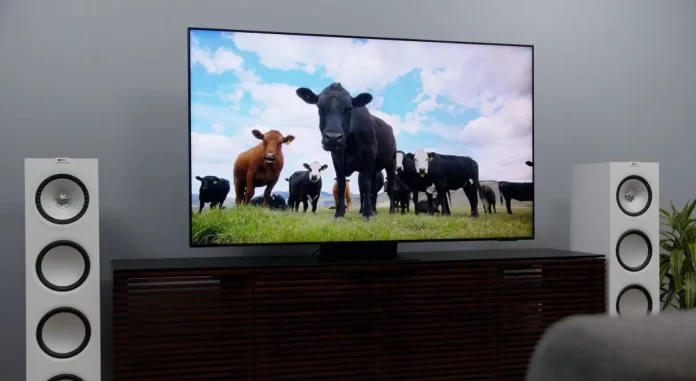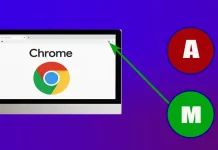Manufacturers currently offer a wide variety of displays made by different technologies, so it may be quite confusing for people to understand which one is better. One such technology that you might find in tech specs of TVs, monitors, phones, or tablets is ADS. For example, Samsung QN85A TVs have IPS ADS displays.
In case you want to understand the difference between IDS and IPS – this article may help you.
What are ADS screens?
IPS ADS is one of the modifications of IPS screens. Originally this modification was called ADSDS (Advanced Super Dimension Switch). However, such a name is difficult to pronounce and difficult to remember, so for commercial use, it was decided to shorten the name to ADS. For the first time, such screens were offered by the Chinese BOE in 2012, and since then such screens are sometimes used on various devices.
What’s the difference between ADS IPS and IPS displays?
Manufacturers claim there are some advantages of IPS ADS displays. Let’s take a closer look at them:
- Increased brightness
- Improved contrast
- Improved screen rigidity
Seems good, isn’t it? However, let’s consider them from a logical point of view. Here’s what I think:
- Improved rigidity – yes, the screen is made to be more rigid, you can see it by pushing on the screen. However, let’s be honest, how often do you press the screen? If it’s TV, you probably don’t touch it at all. And if it’s a screen with a touchscreen, it has a protective glass that already protects the screen from damage.
- Increased brightness – the brightness of the LCD depends on the backlight, if you make a brighter backlight, then the overall brightness of the screen will be more. Note also that by design any IPS panels have a very high brightness and contrast.
- Improved contrast – contrast ratio depends on many factors, the main factor is the quality of materials from which the screen is made. So standard IPS screen can have the same contrast as ADS IPS.
Of course, I don’t mean that ADS IPS screens are bad. However, you have to understand that it’s just one of the variations of IPS technology. There are about a dozen IPS variations and ADS IPS is just that BOE came up with their own screen manufacturing process.
Yes, it’s still a high-quality IPS screen, but in actual use, it doesn’t have any breathtaking advantages over standard IPS screens.
Currently, BOE uses this technology to make 4K and 8K resolution screens, which are used in high-end TVs, however, speaking honestly, there’s no important difference between IPS and ADS IPS displays.
History of ADS (rigid screen)
The technology for large ADS screens is borrowed from phone screen technology, because in the case of smartphones, a rigid screen must provide good tactility and must not flex. This characteristic became in demand with the advent of touchscreen laptops. The creation of large, rigid touch screens has brought to market TV models that can also be used as whiteboards or presentation displays. An ADS display is a cheaper version of a presentation display because it does not have a touch layer.
ADS display manufacturing technology
ADS technology is quite simple; another layer of glass is added to the display to provide rigidity and prevent the pixel layers from bending when the screen is pressed, preventing backlighting and halos at the pressure point.
The very first layer in your TV that you can touch is the polarization layer, its job is to diffuse glare from ambient light and make the picture softer.
Behind this layer is a layer of light filters, which makes the image saturated.
Then there is the IPS screen itself.
In ADS displays, between the light filter layer and the polarization layer is a rigid layer that prevents the display from flexing.







ADS sucks. BOE ADS panels have only 60-70% sRGB color gamut. It really sucks
contrast ratio is better in ADS
Of course!